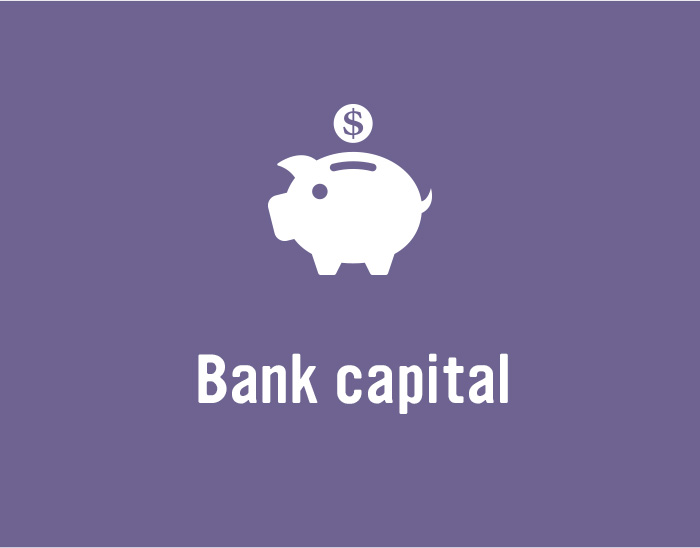
News

This is Helen's big news

In the wake of its largest syndication ever and with a marginally increased funding task following the Commonwealth mid-year economic and fiscal outlook (MYEFO), the Australian Office of Financial Management (AOFM) says Australian dollar market capacity is sufficient to meet its issuance requirement. It is, however, adapting elements of its issuance strategy to cope with the volume it needs to issue.

In the wake of its largest syndication ever and with a marginally increased funding task following the Commonwealth mid-year economic and fiscal outlook (MYEFO), the Australian Office of Financial Management (AOFM) says Australian dollar market capacity is sufficient to meet its issuance requirement. The sovereign debt management agency is, however, adapting elements of its issuance strategy to cope with the volume it needs to issue.

In the wake of the first Australian domestic deal of a new year which has seen some of the best global credit issuance conditions for some time, Commonwealth Bank of Australia (CommBank) says all options are open for the majors in 2017 – despite selecting the domestic market for its own calendar-year opener. CommBank also notes the extent to which the major banks are growing in relevance on a global scale.

The decision by National Australia Bank (NAB) to launch and price a tier-two transaction early in the new year paid off, issuer and leads say, in the form of a tightly priced deal with greater than expected volume for an Australian dollar EMTN transaction. NAB printed A$275 million (US$204.6 million) of 15-year, non-call 10-year (15NC10) tier-two notes on January 11.

Issuers and arrangers of Australia's first major-bank benchmark issuance of 2016 say a well-established investor base across the US and Asia continues to provide appetite for Australian-origin deals. Following a heavy year of US dollar issuance from Australian banks in 2016 and with the new year off to a flying start, Australian banks are likely to continue to print substantial US dollar volume if investor preference remains unchanged – though they say issuance diversity will remain key.

S&P Global Ratings (S&P) stayed its hand on Australia's sovereign rating following the release of the Commonwealth's mid-year economic and fiscal outlook (MYEFO) on December 19. The rating agency maintains the negative outlook on Australia's triple-A rating, while both Moody's Investors Service (Moody's) and Fitch Ratings (Fitch) are retaining stable triple-A ratings on the Australia sovereign.

In the wake of its debut green transaction, Monash University (Monash) tells KangaNews the deal is a continuation of its commitment to developing an environmentally sound campus network. According to intermediaries, the US private placement (USPP) deal garnered more Australian dollar demand than usual for this format, including a major new investor.

In the wake of its return to public residential mortgage-backed securities (RMBS) issuance after a 12-year absence, ANZ Banking Group (ANZ) says the new shape of the regulatory matrix has finally made capital-relief issuance a cost-effective option. The issuer says it is encouraged by the investor response to its latest deal – including its substantial offshore distribution – and hopes not to be absent from the securitisation market for another extended period.

In the wake of Westpac Banking Corporation (Westpac)'s first-ever SEC-registered tier-two transaction, the issuer says as the first callable Basel III-compliant tier-two trade issued in the US market by an Australian bank, this will likely allow other Australian banks to follow. It will also enable them to issue in an efficient manner.

In the wake of its latest domestic syndication, South Australian Government Financing Authority (SAFA) (AA/Aa1) says the unconventional lead-manager arrangement it selected fulfilled an objective to stimulate a broader level of market conversation. According to the issuer, this method increased SAFA's exposure to potential new investors.
